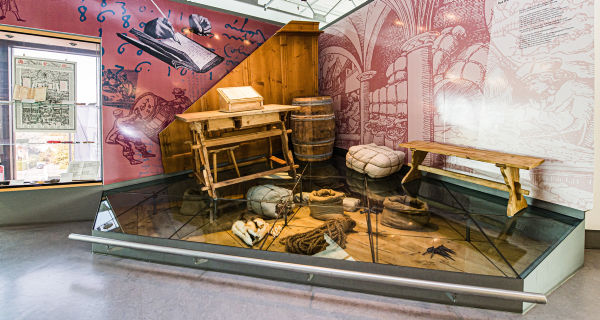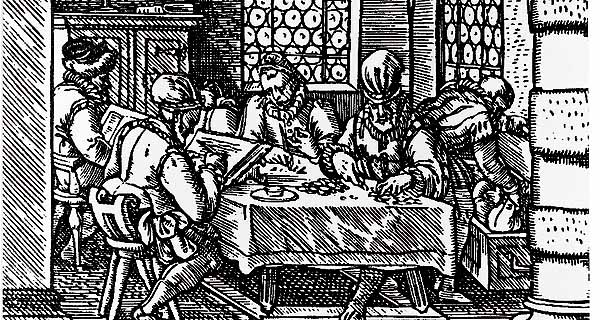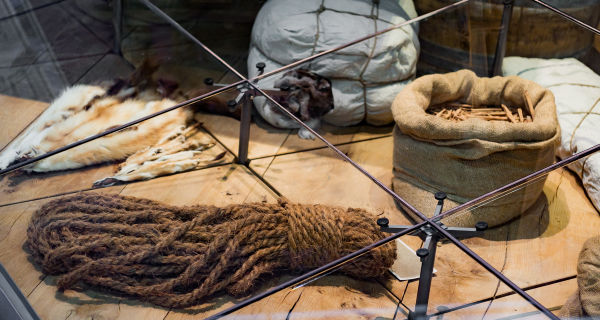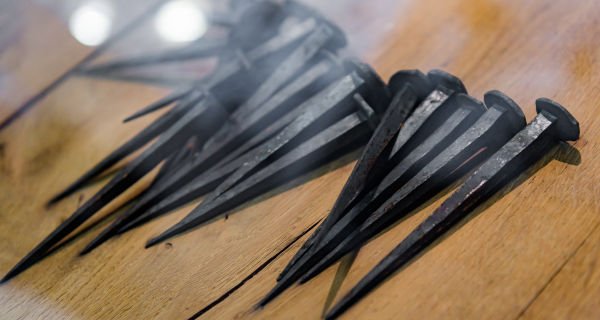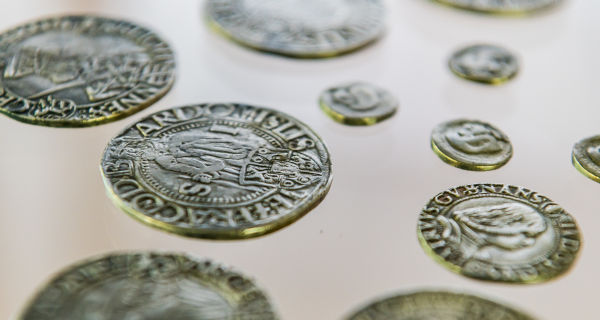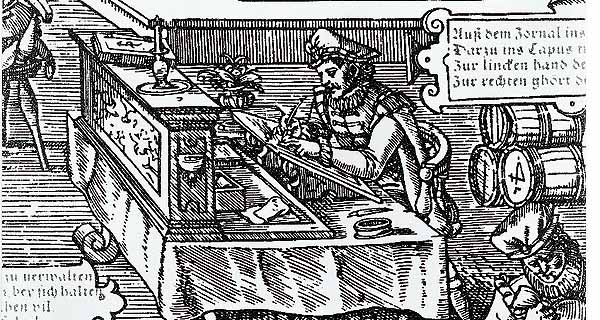The origins of the modern office go back to the Renaissance. Long-distance trade had grown constantly since the end of the Middle Ages, and new forms of accounting and financing emerged from Italy.
The merchant's counting-house was the centre of all business transactions at the time. Incoming merchandise was inspected here because fraud and differences in quality were the order of the day. Cash payments were counted, and sometimes the coins were weighed on special scales to exclude the risk of counterfeit money.
The merchant's desk - the most important piece of furniture in the counting house
It was necessary to account for and record cash payments, as well as the cashless payments which had already appeared at that time. Contact with business associates and branches could only be established by means of correspondence. It was only possible to record and monitor business transactions and plan new activities by increasing written records and administration. This is why the merchant's desk became the most important item of furniture in the counting-house. It was where all writing, calculating, cash collecting, accounting and correspondence was handled.
The Renaissance merchant's business may seem surprisingly modern in many aspects, but he had hardly any aids. Merchants relied on quills, inkwells, desks and coin scales. The ever increasing amount of documents was not arranged alphabetically but chronologically, written down in books or stacked as loose sheets of paper on a bench.
The source of wealth was trade in various goods. Pepper, cloves, cinnamon and other spices came from the Orient. Pelts and furs from the Baltic region were exchanged for ironware from Germany. Wool from England and cloth from Flanders were sought-after products, as were German beer and salt from Lüneburg and other salt-works. The high risk of transportation by ship gave rise to the insurance business.
